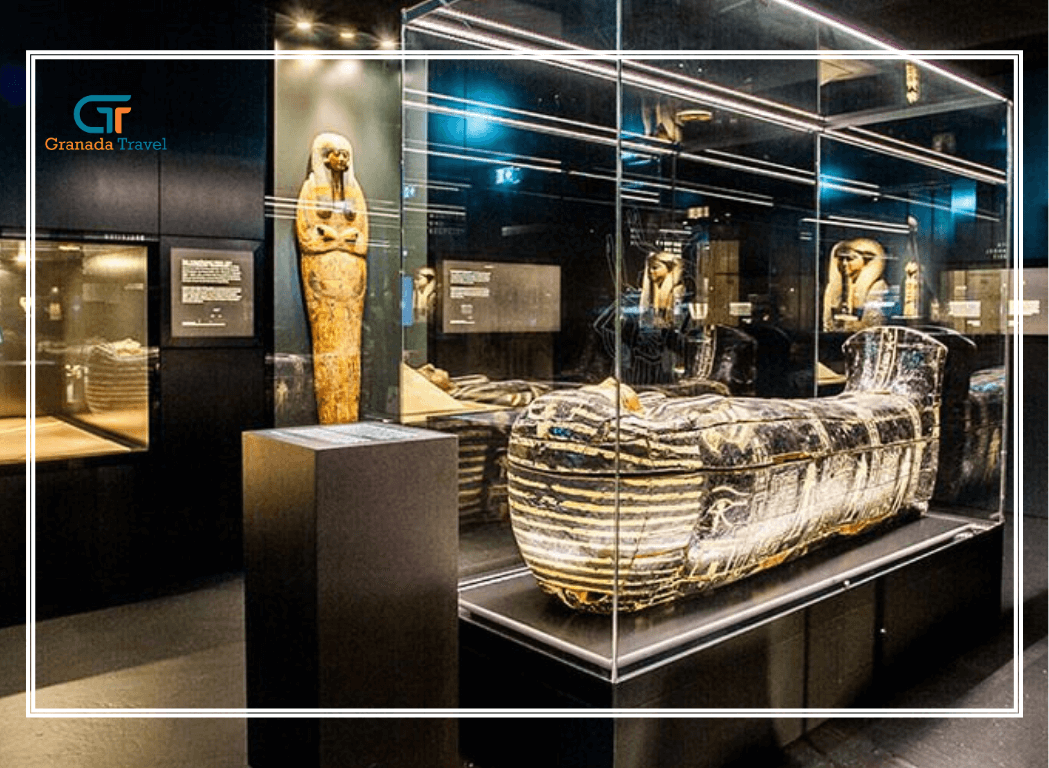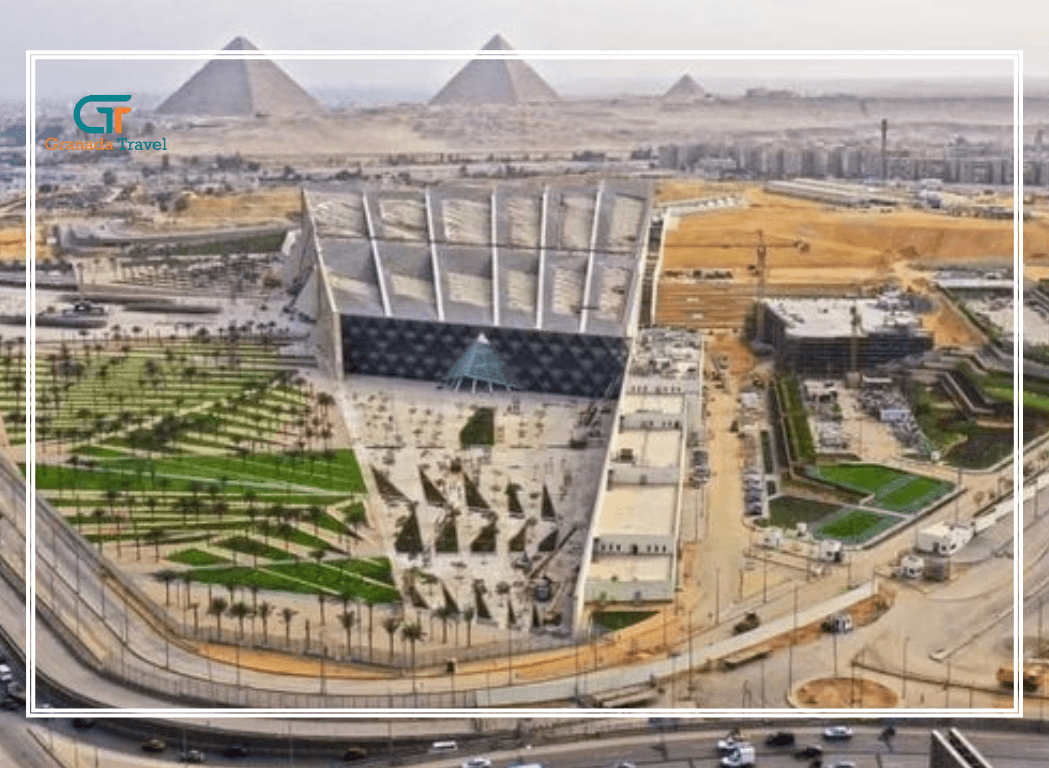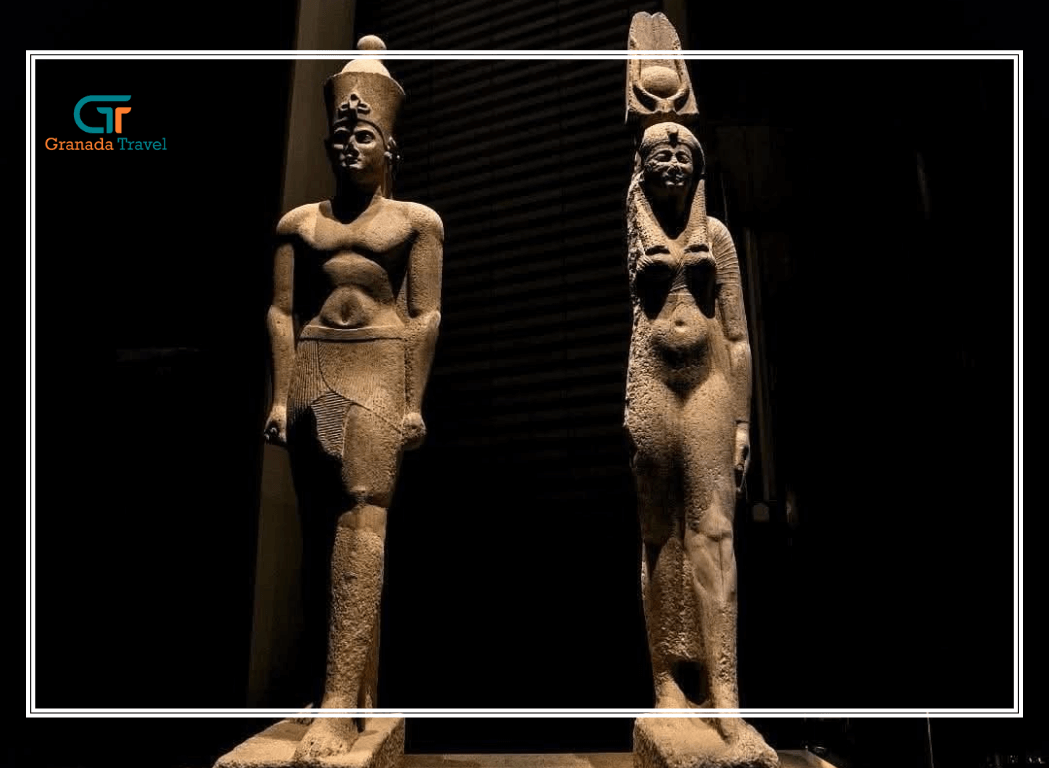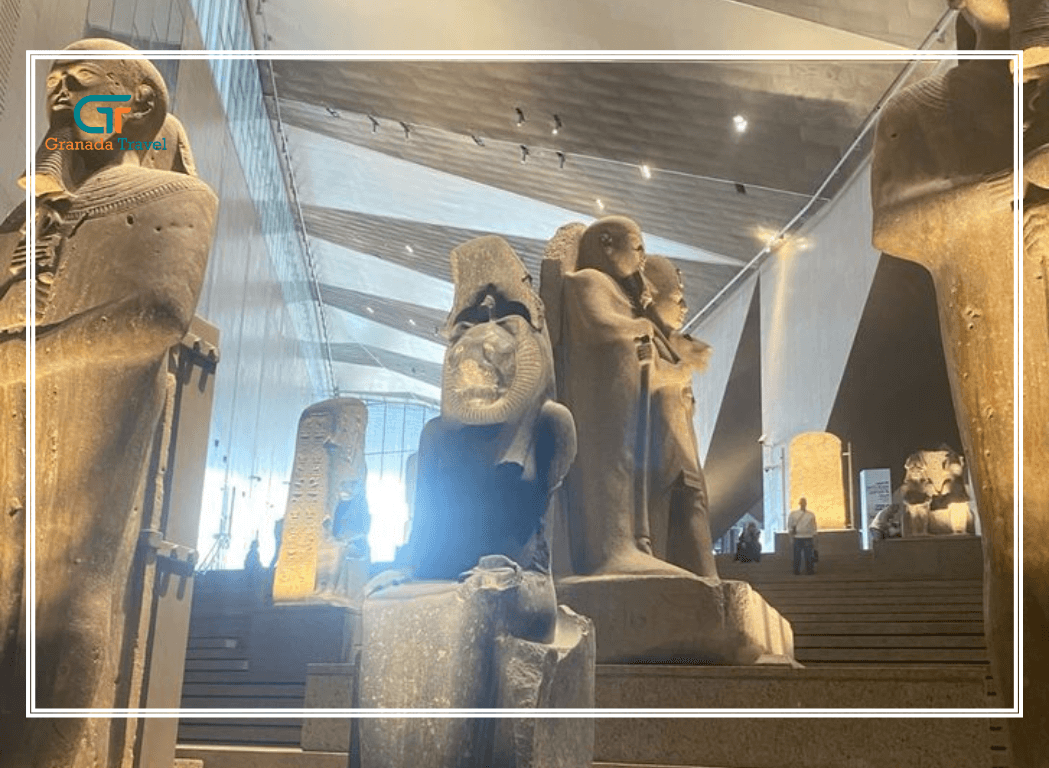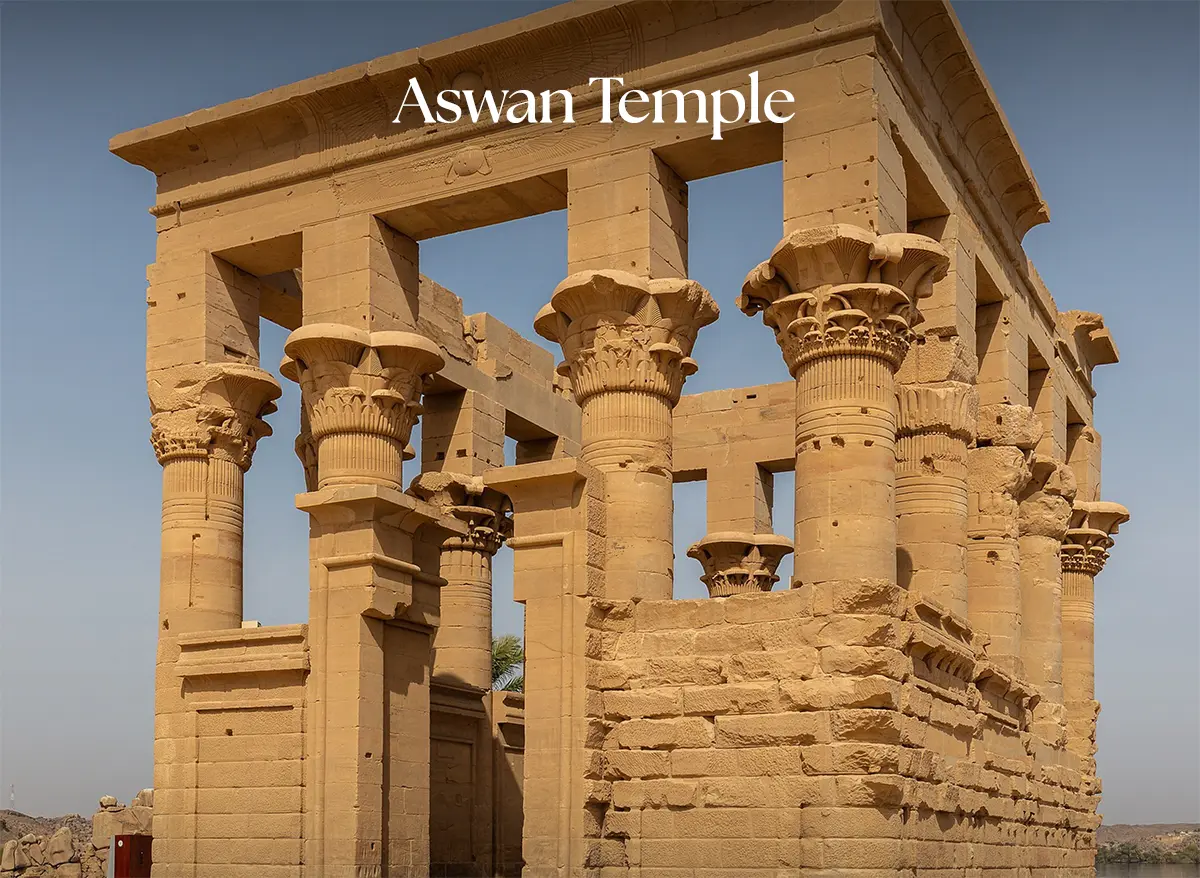
Discovering the Aswan Temple: The Enchanting Philae Temple in Aswan
The Aswan Temple, more famously known as the Philae Temple in Aswan, is one of Egypt’s most mesmerizing historical treasures. Situated on Agilika Island in the heart of the Nile River, this ancient masterpiece, often called the Aswan Philae Temple, captivates visitors with its stunning architecture, rich history, and serene island setting. Known interchangeably as the Temple of Aswan, Aswan Egypt Temple, or Aswan Temple of Philae, it stands as a testament to Egypt’s enduring cultural legacy. In this comprehensive blog, we’ll explore the history, architecture, cultural significance, and practical tips for visiting the Philae Temple Aswan, ensuring you’re inspired to add this iconic site to your travel itinerary in Aswan, Egypt.
A Glimpse into the History of the Aswan Temple
The Aswan Temple, or Philae Temple Aswan, was primarily dedicated to Isis, the revered Egyptian goddess of magic, motherhood, and fertility. Constructed during the Ptolemaic period (circa 280–68 BCE), the Aswan Philae Temple served as a vital religious and cultural center for ancient Egyptians and Nubians alike. Its significance extended beyond Egypt, attracting pilgrims from across the Mediterranean world who sought the blessings of Isis.
One of the most remarkable aspects of the Temple of Aswan is its dramatic relocation in the 20th century. The construction of the Aswan High Dam in the 1960s threatened to submerge the original Philae Island. In an extraordinary feat of engineering, UNESCO led a project to dismantle the Aswan Temple of Philae and reassemble it on higher ground at Agilika Island. This effort preserved the Philae Temple in Aswan as a UNESCO World Heritage Site, ensuring its accessibility for modern travelers.
For those exploring Egypt’s ancient wonders, a visit to the Abu Simbel Temples Egypt offers another awe-inspiring experience, showcasing the monumental legacy of Ramses II.
Architectural Marvels of the Philae Temple
The Aswan Philae Temple is a stunning example of ancient Egyptian architecture blended with Greco-Roman influences. Accessible only by a short boat ride, the journey to the Temple of Aswan enhances its allure, as the Nile’s shimmering waters frame the approach. Upon arrival, visitors are greeted by the temple’s grand pylons, intricately carved with reliefs depicting pharaohs offering tributes to Isis, Osiris, and Horus.
The Philae Temple Aswan features a colonnaded courtyard lined with elegant columns, each crowned with lotus and papyrus motifs, symbolizing Upper and Lower Egypt. The inner sanctum, once home to a statue of Isis, radiates a sacred ambiance that resonates with visitors. The temple’s island setting, surrounded by the Nile, adds a layer of tranquility, making the Aswan Egypt Temple one of the most picturesque sites in Egypt.
To further explore Egypt’s architectural heritage, consider visiting the Edfu Temple, dedicated to Horus, which shares stylistic elements with the Aswan Temple.
[cta-actions]
Cultural and Religious Importance of the Aswan Temple
The Aswan Temple of Philae was a cornerstone of ancient Egyptian spirituality. Isis, the goddess worshipped here, was a universal figure whose cult extended into the Greco-Roman world. The Philae Temple in Aswan remained an active religious site until the 6th century CE, one of the last bastions of pagan worship in Egypt before the spread of Christianity. This longevity underscores the temple’s profound cultural impact.
The Aswan Philae Temple is also a linguistic treasure. Its walls bear some of the last known hieroglyphic inscriptions, providing scholars with critical insights into ancient Egyptian language and religion. For history enthusiasts, the Temple of Aswan is a living museum, preserving the stories of a civilization that shaped the ancient world.
A visit to the Kom Ombo Temple, dedicated to Sobek and Horus, complements a trip to the Aswan Temple, offering a unique perspective on Egypt’s dual-deity worship.
Why Visit the Philae Temple in Aswan?
The Philae Temple Aswan is more than a historical site; it’s an immersive experience that transports visitors back to ancient Egypt. The temple’s island location, accessible by a scenic boat ride, adds an element of adventure to the visit. The interplay of light and shadow on the temple’s stone carvings creates a magical atmosphere, especially during sunrise or sunset tours.
The Aswan Temple also offers a window into Egypt’s resilience. The successful relocation of the Aswan Philae Temple demonstrates humanity’s commitment to preserving cultural heritage, making it a symbol of both ancient and modern ingenuity. Whether you’re a history buff, a photography enthusiast, or a traveler seeking spiritual connection, the Temple of Aswan delivers an unforgettable experience.
Practical Tips for Visiting the Aswan Temple
Planning a visit to the Philae Temple in Aswan? Here are some tips to make the most of your trip to Aswan, Egypt:
- Getting There: The Aswan Temple is located on Agilika Island, reachable by a short boat ride from the mainland near Aswan. Boats are readily available, and the ride is often included in guided tours.
- Best Time to Visit: The cooler months from October to April are ideal for exploring the Aswan Egypt Temple, as summer temperatures can be scorching. Early morning or late afternoon visits offer pleasant weather and beautiful lighting for photography.
- Tickets and Tours: Entry to the Philae Temple Aswan requires a ticket, available at the boat dock. Guided tours are highly recommended, as they provide context for the temple’s history and architecture. Many tours combine the Aswan Temple with other attractions, such as the Unfinished Obelisk Aswan, a fascinating site that reveals ancient stone-cutting techniques. Check Granada Travel’s tours to pick the one that attracts you more.
- What to Bring: Wear comfortable shoes, as the temple grounds involve some walking. Bring sunscreen, a hat, and water, especially in warmer months. A camera is a must to capture the Aswan Philae Temple’s stunning details.
- Sound and Light Show: The Philae Temple in Aswan hosts a captivating sound and light show in the evenings, narrating the temple’s history against the backdrop of its illuminated ruins. Check schedules in advance, as shows are offered in multiple languages.
Exploring Aswan Beyond the Philae Temple
While the Aswan Temple is a highlight, Aswan, Egypt offers a wealth of attractions to enrich your visit. The Unfinished Obelisk Aswan provides a glimpse into ancient engineering, while the Abu Simbel Temples Egypt are a must-see for their colossal statues and historical significance. Along the Nile, the Kom Ombo Temple and Edfu Temple offer additional opportunities to explore Egypt’s temple heritage.
Aswan’s vibrant markets, Nubian villages, and scenic felucca rides on the Nile make it a perfect base for discovering southern Egypt. The city’s laid-back charm contrasts with the grandeur of the Aswan Philae Temple, creating a balanced travel experience.
The Timeless Allure of the Aswan Temple
The Aswan Temple, or Philae Temple in Aswan, is a jewel of ancient Egypt, blending history, spirituality, and architectural brilliance. Its relocation to Agilika Island ensures that future generations can marvel at the Aswan Egypt Temple’s beauty and significance. Whether you’re drawn to the intricate carvings, the serene Nile setting, or the story of Isis, the Aswan Philae Temple promises a journey through time.
Plan your visit to the Temple of Aswan with Granada Travel and immerse yourself in the magic of Aswan, Egypt. From the Philae Temple Aswan to the region’s other ancient wonders, this destination offers a profound connection to humanity’s past, making it an essential stop on any Egyptian adventure.
[cta-actions]

